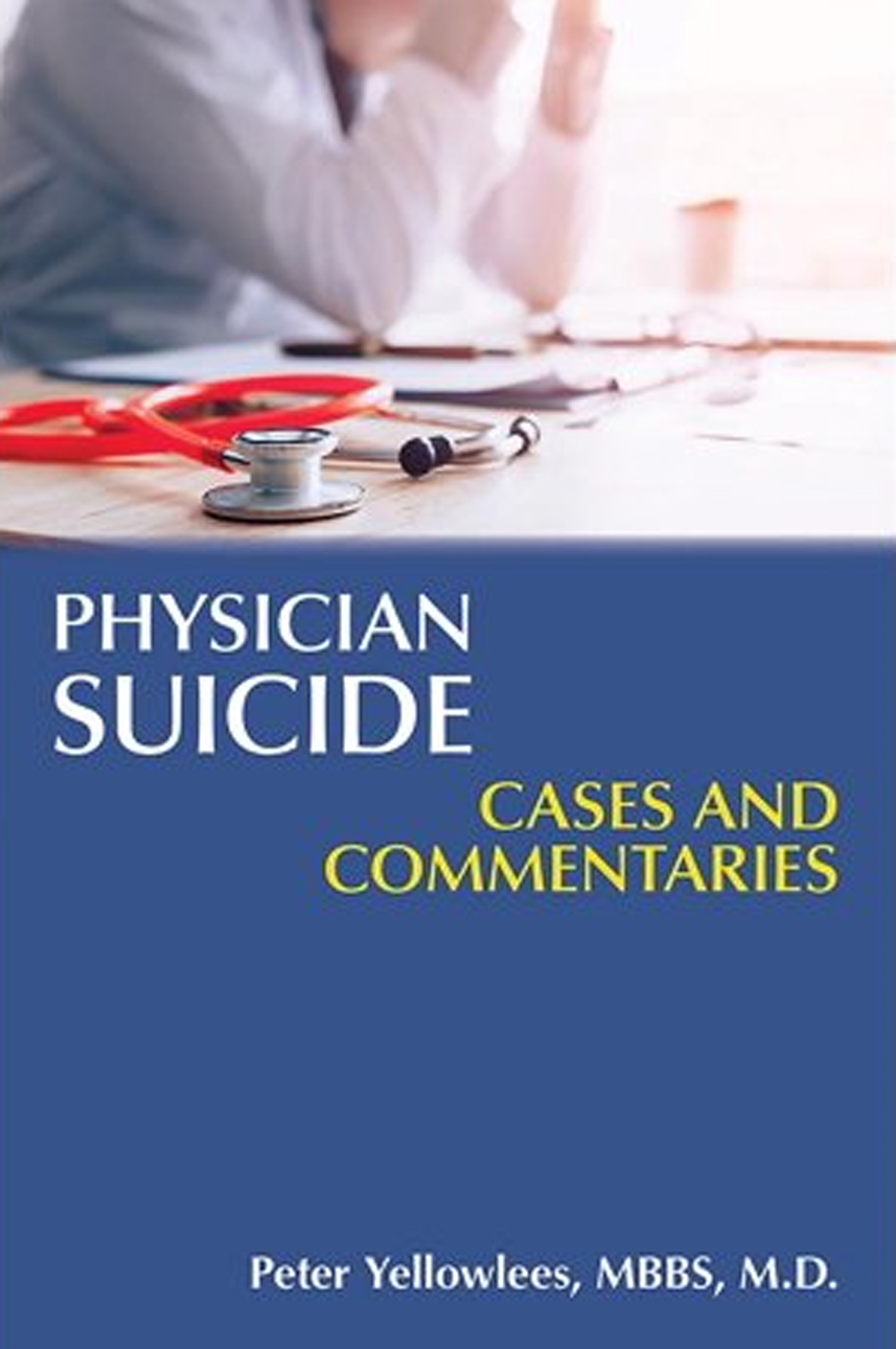Whilst the suicide of any individual has a major impact on families and loved ones, the suicide of a doctor ‘is without doubt rather different’, writes the American Professor of psychiatry, Peter Yellowlees, in his book Physician Suicide, Cases and Commentaries. And indeed, he is right. A doctor who has died by their own hand seems to have committed the ultimate paradox, being a healer and yet not being able to heal their own wounds, of not being able to apply the same tools and techniques they use for their patients on themselves. Often relatives of doctors who have killed themselves are also in the medical field and are left feeling guilty, ashamed and angry that they could not see the warning signs and prevent the act. Despite many protective factors (relatively high income, stable and secure employment, and status), doctors have a higher rate of mental illness and suicide compared to the general population. The reasons for this are multifactorial but are linked to personality (high levels of altruism, perfectionism), occupation (easy access to potent drugs, emotionally demanding job) and professional attitude (fear that exposing mental illness might lead to disciplinary processes). I have been running a mental health service for doctors and dentists with mental illness and addiction problems for more than a decade and – as with Professor Yellowlees – I have had patients who, despite my and my team's best endeavours, take their own life. As with Yellowlees, I mourn them. Yellowlees' book is peppered with the names of his patients; I could also add mine. His book begins to tease out the causes using patient vignettes. For example, Marco, who was addicted to drugs and alcohol; Brent, who had a personality disorder; or Julia, who had depression and fortunately didn't kill herself, but came close to it.
Suicide amongst doctors could be seen as an occupational hazard. Medicine is a difficult job. Patients project their fears of death onto doctors. They demand hope from the medical profession and often have unachievable expectations that the medicines prescribed, and/or other interventions provided, can prevent their untimely death. Doctors are expected to contain these fears and as medicine becomes more advanced, each death is seen as a failure.
Yellowlees explores these issues: the unrealistic expectations placed on doctors; the fears of failure; the constant competition to be the best; and the need to ignore one's own needs ahead of one's patients. The book is well written; each chapter is a little story, focusing on a different patient, with their problem highlighting parallels with the underlying problem leading to the doctor's death. Through this process, Yellowlees presents the evidence underpinning the vignette. This book helps us understand the causes, and one hopes it may show us how to prevent the untimely death of a doctor.




eLetters
No eLetters have been published for this article.